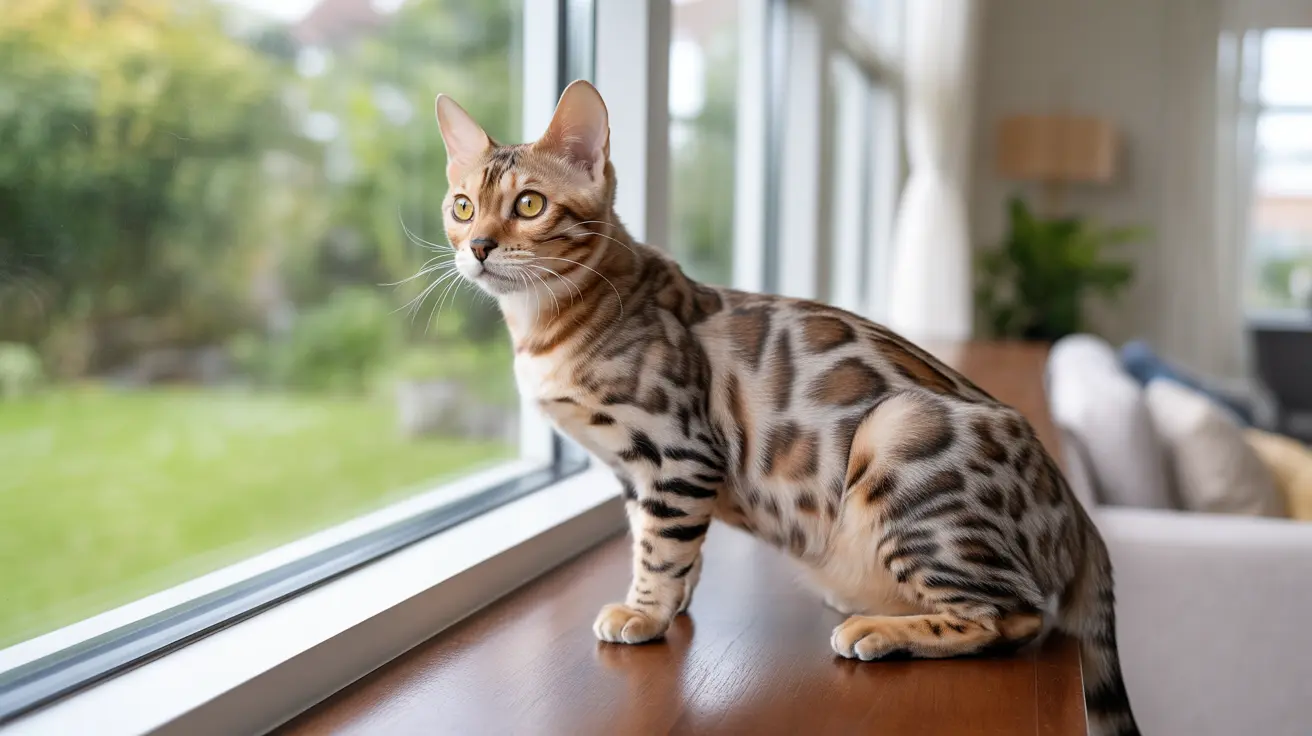The Instinctual Drive Behind Your Cat's Outdoor Desires
Cats are naturally territorial creatures with strong hunting instincts. Even well-fed indoor cats possess an inherent drive to patrol and explore their environment. This behavior stems from their ancestors' need to hunt for survival and establish territorial boundaries.
The outdoor environment offers a rich tapestry of sensory experiences that indoor spaces often can't match. From the rustling of leaves to the scent of other animals, these stimuli trigger your cat's natural curiosity and hunting instincts.
Environmental Enrichment and Natural Behaviors
When cats want to go outside, they're often seeking opportunities to express their natural behaviors. The outdoor environment provides:
- Vertical spaces for climbing and surveying territory
- Natural scratching surfaces like tree bark
- Various prey movements that trigger hunting instincts
- New scents and territories to mark
- Fresh grass for grazing and digestion
The Risks of Outdoor Access
While the outdoors may seem appealing, it presents significant dangers to domestic cats. Statistics show that outdoor cats typically live only 2-5 years compared to indoor cats' potential 17-year lifespan. Major risks include:
- Traffic accidents and trauma
- Conflicts with other animals
- Exposure to diseases and parasites
- Contact with toxic substances
- Extreme weather conditions
- Risk of getting lost or stolen
Safe Alternatives to Free Roaming
To satisfy your cat's outdoor curiosity while maintaining safety, consider these alternatives:
- Creating a secure catio or enclosed outdoor space
- Leash training with a proper harness
- Installing window perches for safe outdoor viewing
- Providing interactive indoor toys and climbing structures
- Establishing regular play sessions to simulate hunting
Environmental Enrichment Indoors
Making your indoor environment more stimulating can help reduce your cat's desire to go outside. Focus on:
- Creating vertical spaces with cat trees and wall shelves
- Rotating toys to maintain novelty
- Using puzzle feeders to simulate hunting
- Providing scratching posts and surfaces
- Creating hiding spots and exploration opportunities
Frequently Asked Questions
Why does my cat want to go outside so badly, and what instincts drive this behavior?
Cats are driven by natural instincts to hunt, explore, and mark territory. These behaviors are deeply ingrained from their wild ancestors, making outdoor access appealing for sensory stimulation and the expression of natural behaviors.
What are the benefits and risks of letting my cat go outdoors?
Benefits include physical exercise, mental stimulation, and natural behavior expression. However, risks significantly outweigh benefits, including shortened lifespan, exposure to diseases, traffic accidents, and predators.
How can I keep my cat safe if I allow supervised outdoor access?
Use a secure harness and leash, create an enclosed outdoor space, ensure proper identification and microchipping, and maintain current vaccinations and preventive medications.
What are safe alternatives to letting my cat roam outside freely?
Consider building a catio, providing window perches, creating an enriched indoor environment with climbing spaces, and establishing regular interactive play sessions.
How does outdoor living impact my cat's health and lifespan compared to staying indoors?
Outdoor cats typically live significantly shorter lives (2-5 years) compared to indoor cats (up to 17 years) due to exposure to various hazards, diseases, and accidents.
Conclusion
While it's natural for cats to want to go outside so bad, understanding and addressing these desires through safe alternatives can help maintain their well-being. By creating an enriched indoor environment and providing supervised outdoor experiences when possible, you can satisfy your cat's natural instincts while ensuring their safety and longevity.






